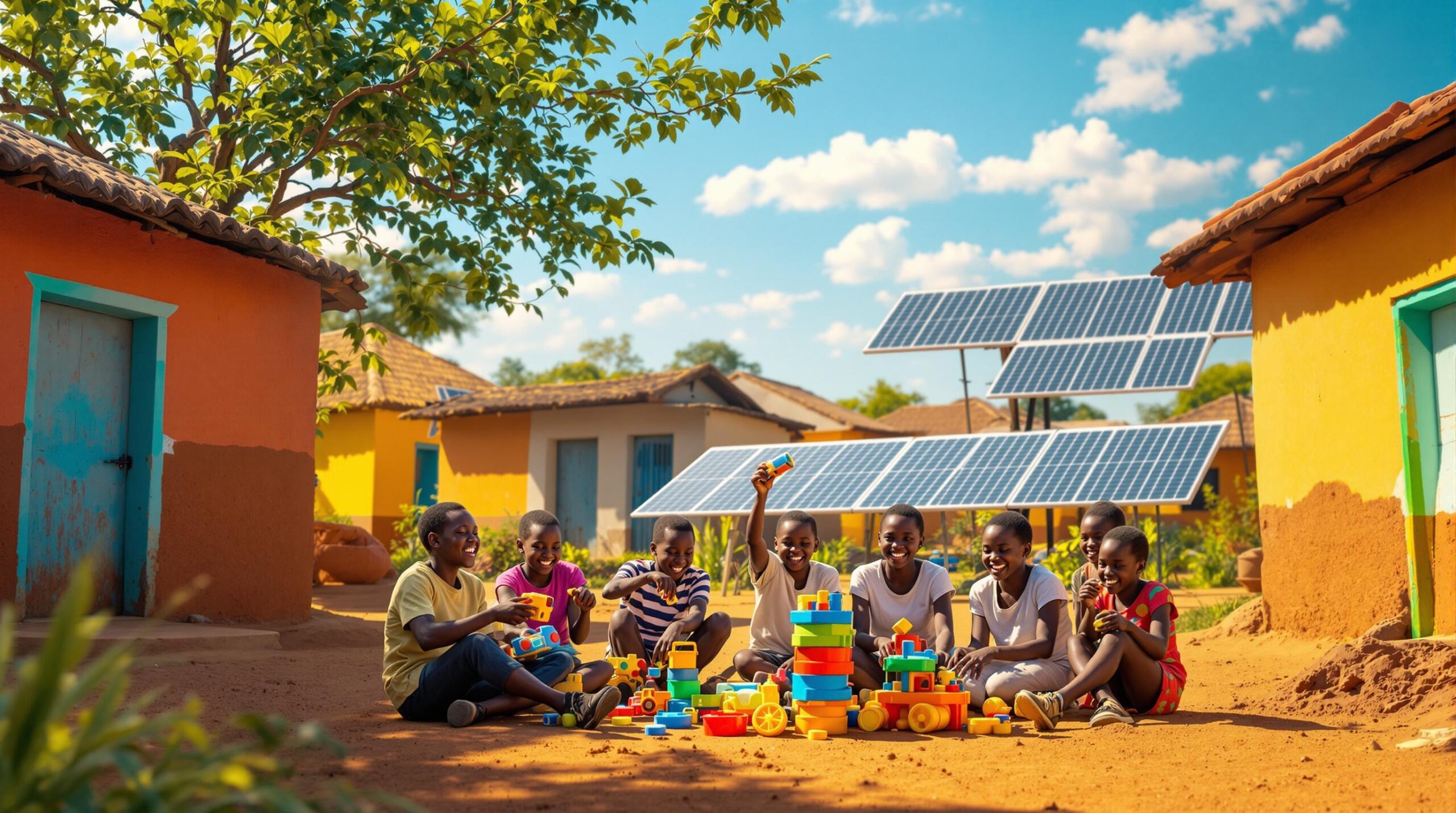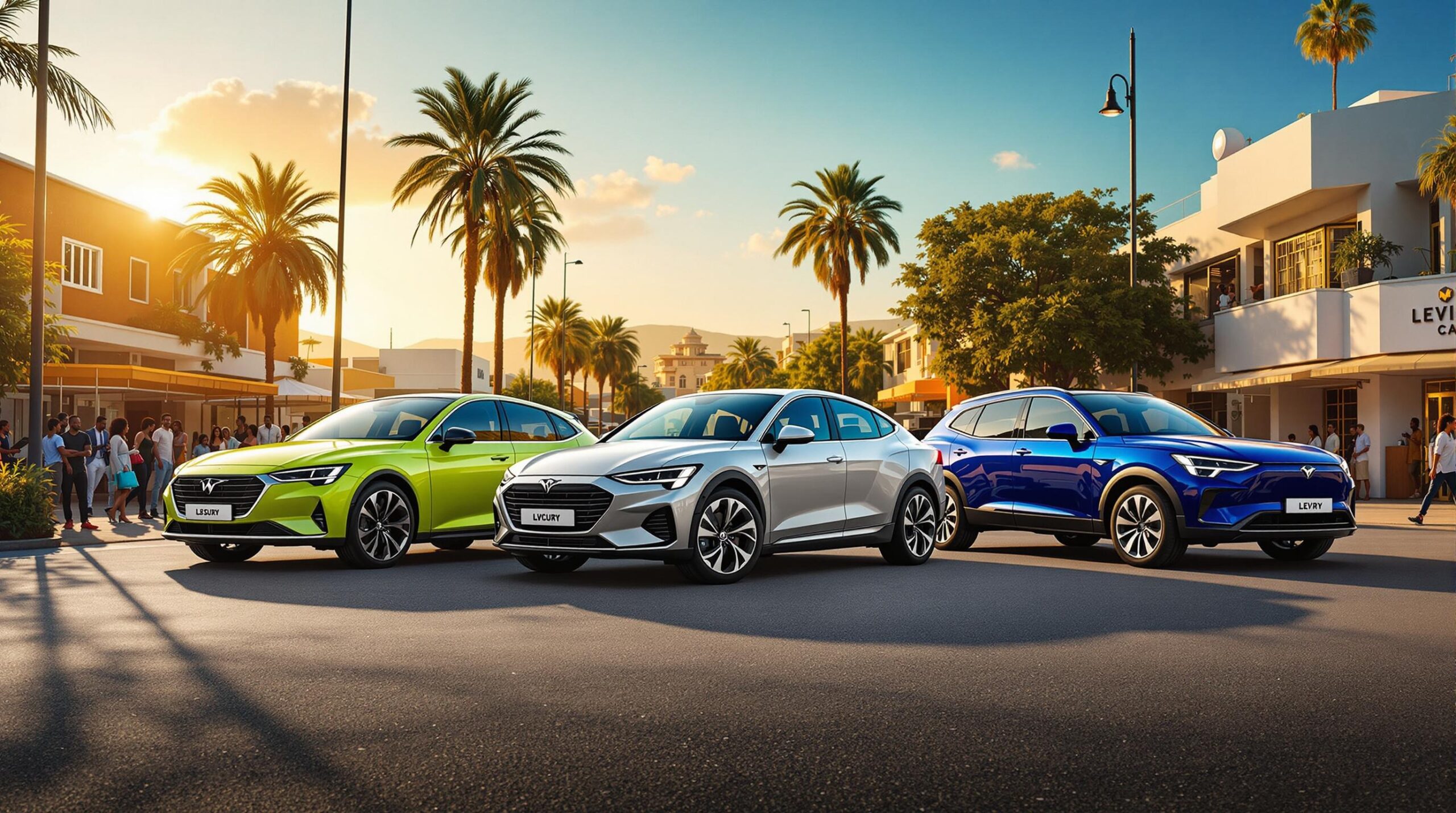
Second-life batteries are transforming energy access in Africa. These are old electric vehicle (EV) batteries repurposed for energy storage, offering affordable, reliable power solutions where electricity is scarce. Here’s why they matter:
- Affordable Energy Storage: Cheaper than new batteries, making them ideal for rural areas.
- Solar Energy Backup: Stores daytime solar energy for use at night.
- Supports Essential Services: Powers hospitals, schools, and small businesses.
- Reduces Waste: Extends battery life and cuts electronic waste.
Challenges to Overcome:
- Lack of tools and training for battery evaluation.
- Limited infrastructure and inconsistent supply chains.
Solutions:
- Train local technicians.
- Set up testing and distribution centers.
- Create standardized safety and quality guidelines.
Success stories from Kenya and South Africa show how these batteries are already improving lives and boosting local economies. By scaling these efforts, second-life batteries could play a major role in expanding energy access across Africa.
Second Life EV Battery Installed into a Village School …
Main Uses in African Communities
In areas of Africa where power grids are unreliable, second-life batteries offer practical energy solutions.
Solar Energy Storage
These batteries store excess energy generated by solar panels during the day, providing households with electricity after sunset. They also play a crucial role in supporting community facilities that rely on consistent power.
Power for Essential Services
Second-life batteries help keep essential services running smoothly. Hospitals can maintain critical medical equipment, and schools can power computer labs or stay open for longer hours.
Supporting Local Businesses
Entrepreneurs benefit from these batteries by securing backup power for their operations. This helps them stay open longer, keep refrigeration running, and offer services like phone charging stations.
Advantages of Second-Life Batteries
Reusing EV batteries for energy storage in African communities brings several practical benefits, making them a strong option for addressing energy challenges.
Lower Costs
Second-life batteries are a cost-effective alternative to new battery systems. By repurposing retired EV batteries, communities can build reliable energy storage solutions without the high upfront expenses of brand-new systems.
Waste Reduction
Reusing EV batteries helps cut down on electronic waste while extending the life of existing materials. This approach reduces the need for raw materials and lowers environmental impacts like carbon emissions.
Flexible Expansion
Thanks to their modular design, second-life batteries allow for easy system upgrades and maintenance. This flexibility makes it simpler to scale up energy storage as community needs grow, offering a practical way to tackle energy shortages in Africa.
sbb-itb-99e19e3
Problems and Solutions
Second-life batteries offer great potential, but several obstacles are slowing their adoption. Technical issues, infrastructure gaps, and supply chain hurdles are particularly challenging for African communities. Tackling these problems is crucial to improving energy access.
Current Barriers
Many communities lack the tools and knowledge needed to evaluate battery health. In rural areas, basic electrical and storage infrastructure is often absent, and inconsistent testing practices make quality control difficult. On top of that, unpredictable battery availability and poor transportation options disrupt distribution, making it hard to plan and execute projects effectively.
Ways Forward
Training Programs
Provide hands-on training for local technicians in battery evaluation, installation, and maintenance. Community-based initiatives can help build the necessary skills locally.
Standardized Guidelines
Create clear testing and quality guidelines. These should cover battery performance, installation, maintenance, and safety to ensure consistent reliability.
Infrastructure Investment
Set up regional centers for testing and distribution. These hubs can handle battery evaluation, certification, training, spare parts distribution, and maintenance support, simplifying supply chains and improving access.
These measures lay the groundwork for the community projects and success stories discussed later in the article.
Success Cases in Africa
Here are some examples showing how second-life batteries are being put to use across Africa:
Kenya‘s Village Power Systems
In Kenya, a pilot program used repurposed EV batteries to supply electricity to small businesses and critical services. This project demonstrated how these batteries can support reliable and eco-friendly energy solutions.
South Africa‘s Grid Projects
South Africa has integrated second-life batteries into utility projects to help stabilize the power grid. These batteries assist in managing peak demand and minimizing power outages.
Programs Spanning Multiple Countries
Several programs across Africa are using second-life batteries to meet the specific needs of different communities. These efforts help power local facilities and contribute to economic growth.
These initiatives highlight the potential for second-life batteries to transform energy access across the continent.
Conclusion
Main Points
Second-life batteries provide cost-effective and dependable energy storage, enabling critical services like healthcare and small businesses to operate while cutting down on electronic waste. Success stories from places like Kenya and South Africa highlight their role in improving energy access and creating lasting change.
Next Steps
To scale up second-life battery initiatives, it’s essential to focus on infrastructure, training, and supportive policies. Key areas to address include:
- Building regional battery testing centers to ensure consistent quality and a steady supply.
- Training local technicians to handle maintenance and system upkeep.
- Establishing unified safety standards and clear import regulations.
With the growing number of retired EV batteries worldwide, there’s a huge potential to expand energy access across Africa, making second-life batteries a key part of future energy solutions.




